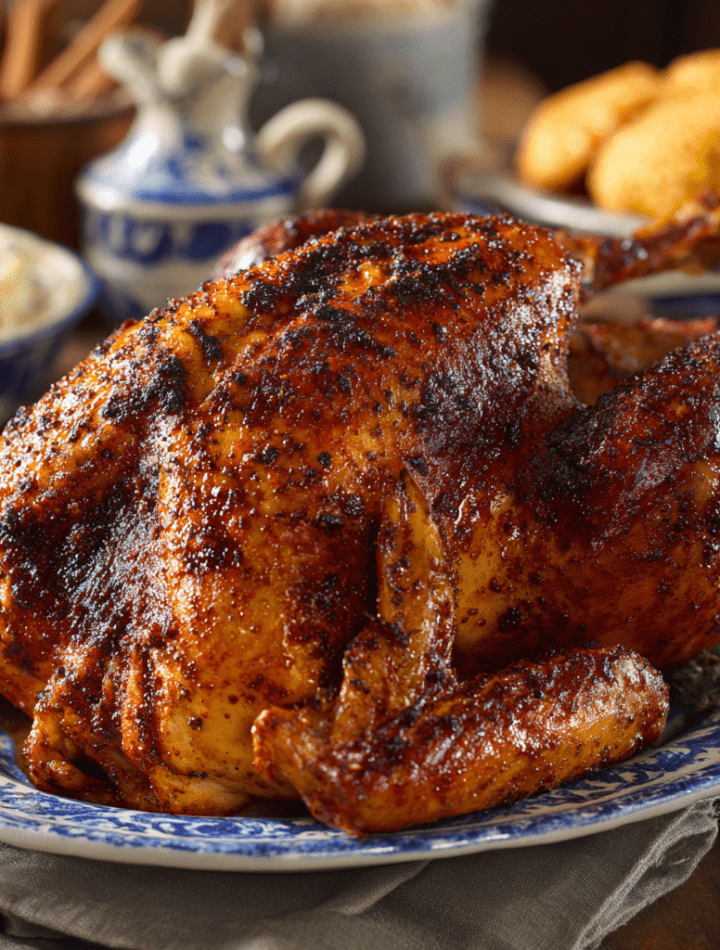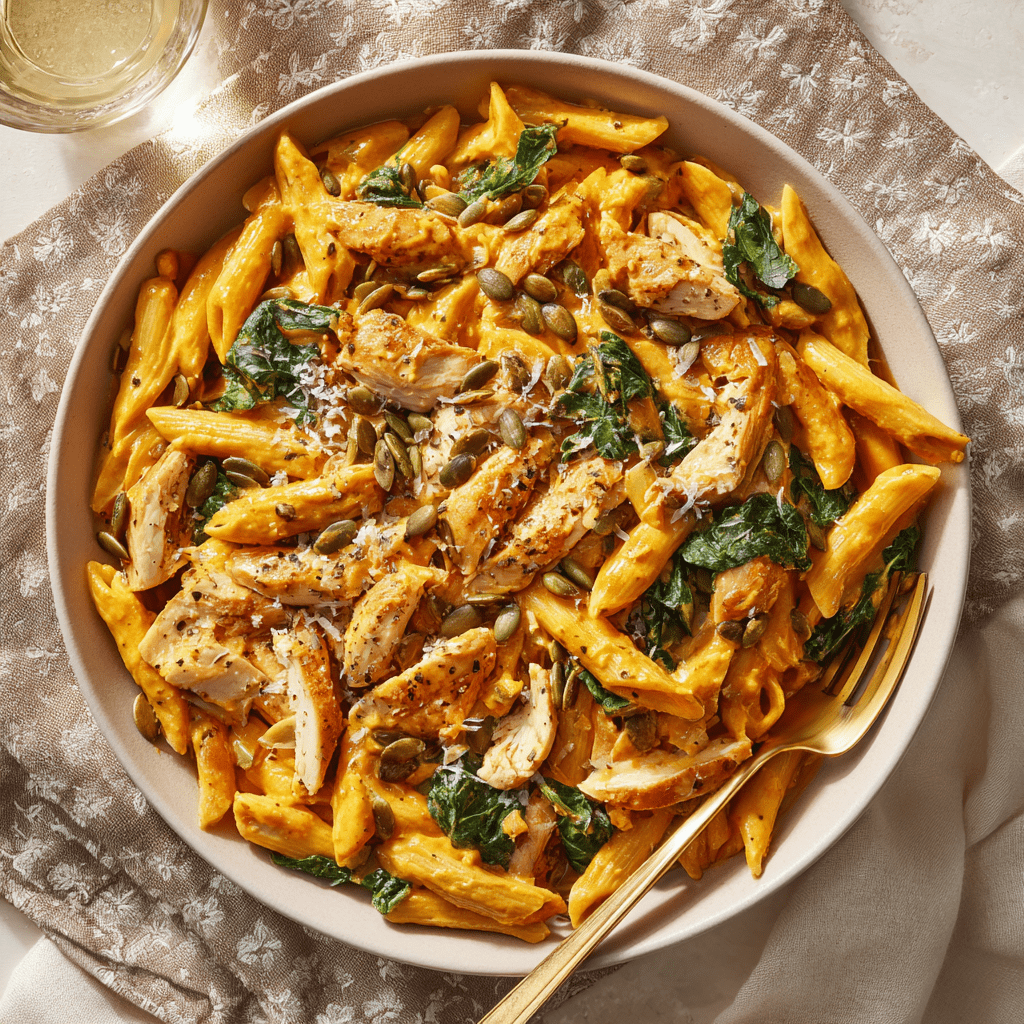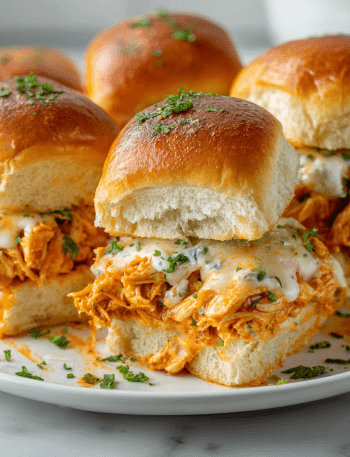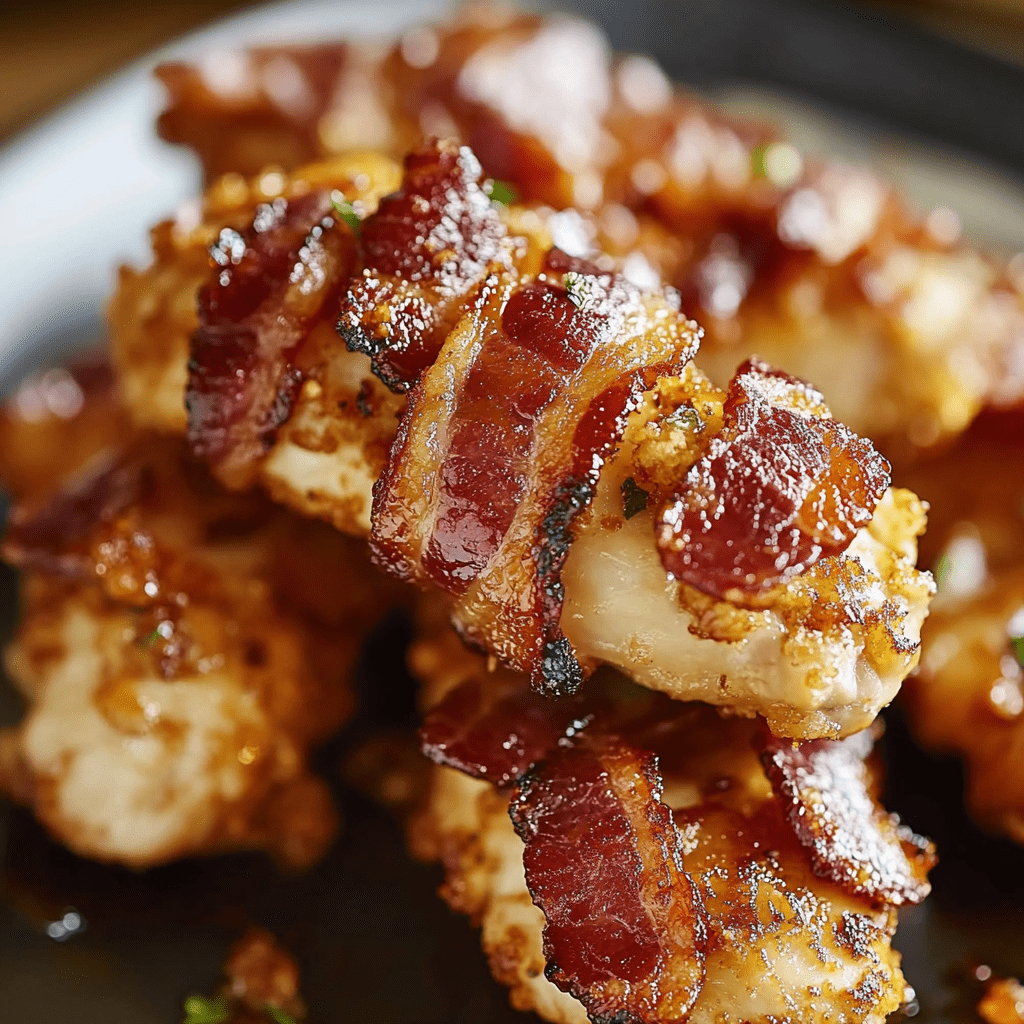Southern Smoked or Fried Turkey: The Ultimate Show-Stopping Bird
Hey there, friends! Chef Emily here, coming to you from my wonderfully chaotic kitchen, where the apron is always a little flour-dusted and the air is usually smelling like something delicious. Can we talk about the main event, the headliner, the absolute star of the Southern holiday table? I’m not talking about the pies (though I love them dearly) or the casseroles (cheesy goodness, yes please!). I’m talking about the turkey.
But not just any turkey. I’m talking about a turkey that’s either been kissed by hours of gentle hickory smoke until it’s fall-off-the-bone tender and infused with this incredible, deep flavor, OR a turkey that took a thrilling plunge into a pot of hot oil and emerged with skin so comically crispy, so perfectly golden-brown, you can hear the crunch from the next room. This is the kind of turkey that creates legends and family arguments over who gets the last drumstick.
Whether you’re a smoking purist or a frying adventurer, this guide is your new best friend. We’re going to walk through both methods step-by-step, with all my favorite chef hacks and heartwarming stories along the way. So, grab your favorite wooden spoon (or in this case, your meat thermometer!), and let’s make a turkey that’s anything but boring.
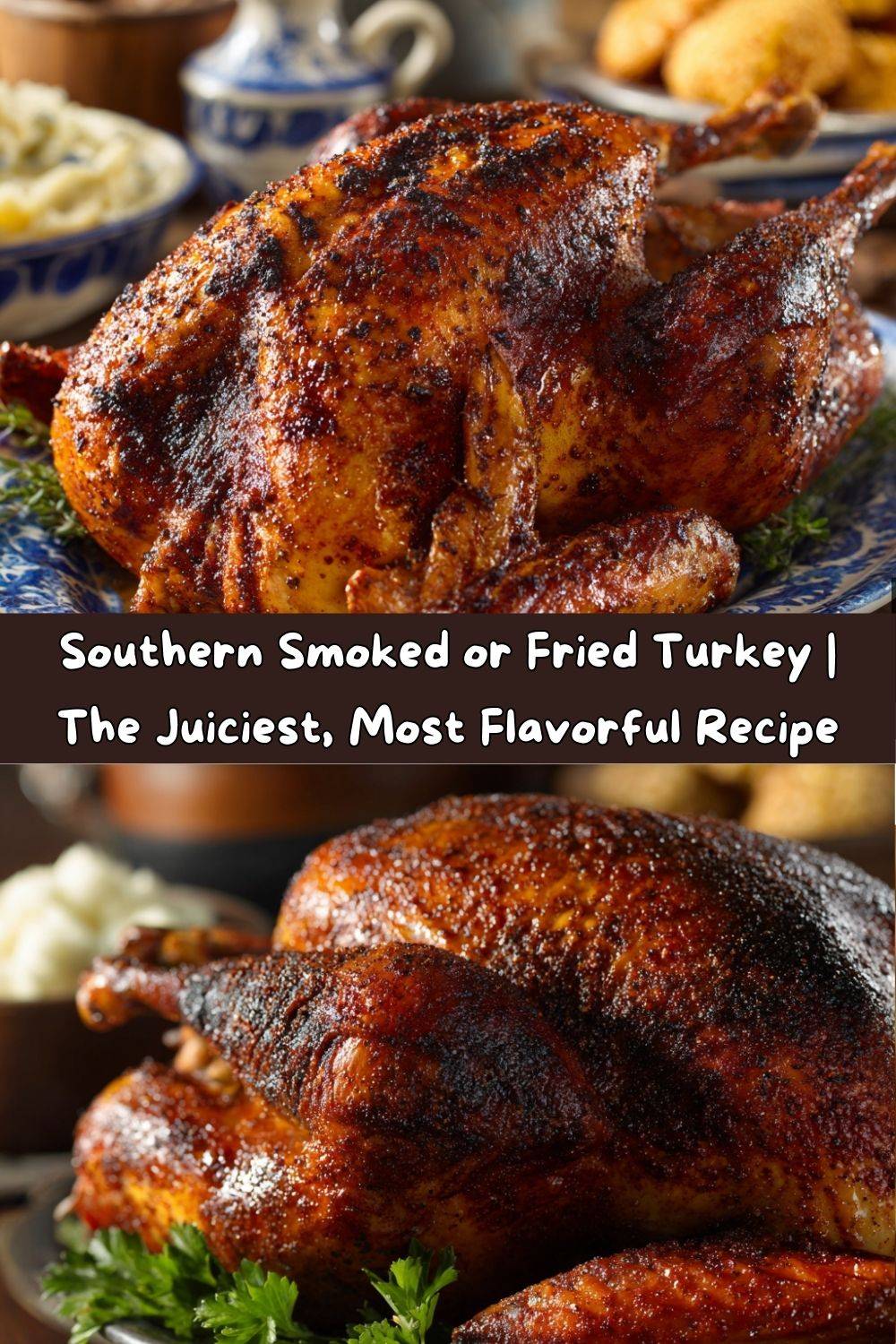
A Tale of Two Turkeys: My First Fried Fiasco
I’ll never forget the first time I decided to fry a turkey. I was fresh out of culinary school, armed with book smarts and a dangerously high level of confidence. I’d read all the instructions, I had my giant pot of peanut oil, and I had a frozen turkey. Yes, you read that right. Frozen.
Thankfully, my Uncle Mike, a man who believes everything is better deep-fried, happened to stop by. He took one look at my solid, ice-block bird and my bubbling oil and let out a sound that was half-laugh, half-terrified gasp. He swiftly unplugged the fryer and sat me down for a serious talk about thawing, water displacement, and not burning down my apartment complex. We ended up ordering pizza that night, but the lesson was learned! The next year, with a fully thawed turkey and Uncle Mike as my co-pilot, we produced the most magnificent, juicy, crispy bird I’d ever seen. It was a triumph born from a near-catastrophe, and it taught me that the best cooking stories often start with a little bit of a mess.
Gathering Your Flavor Arsenal: The Ingredients
Here’s what you’ll need to create this Southern masterpiece. The beauty of this recipe is in its simplicity—we’re letting the cooking method and a few powerhouse ingredients do all the talking.
- 1 whole turkey (10–14 lbs), thawed and patted bone-dry – This is non-negotiable! A smaller bird is best for even cooking, especially for frying. And patting it dry is THE secret to incredibly crispy skin, whether you’re smoking or frying. A wet bird steams; a dry bird browns.
- ¼ cup Cajun or Creole seasoning – This is the flavor workhorse. I love Tony Chachere’s or Slap Ya Mama for that authentic kick. Chef’s Insight: If you’re sensitive to salt, look for a salt-free version and then add salt to your liking. This gives you total control!
- 2 tablespoons garlic powder – For that robust, savory base note that everyone loves.
- 2 tablespoons onion powder – It adds a sweet, aromatic depth that complements the garlic perfectly.
- Salt and black pepper, to taste – Don’t be shy! Turkey is a big bird and needs seasoning to match.
- ½ cup melted butter or olive oil – This is your binder for the smoking method. It helps the seasoning stick and promotes beautiful browning. Butter gives richness, while oil is a great dairy-free option.
- Optional: 1-2 cups injectable marinade (like garlic butter or Cajun blend) – This is your insurance policy for incredibly juicy meat. I highly recommend it for frying to add moisture from the inside out.
- For frying only: 3–4 gallons peanut oil – Peanut oil is my go-to because of its high smoke point and neutral flavor. Canola or avocado oil are great substitutes. Please, please ensure your turkey is COMPLETELY thawed and dry before frying to avoid dangerous oil eruptions.
Let’s Get Cooking: Your Step-by-Step Guide
Okay, team! Here we go. I’ve broken this down into two separate paths: the low-and-slow smoke and the fast-and-furious fry. Choose your adventure!
For the Low-and-Slow Smoked Turkey:
- Preheat your smoker to a steady 225–250°F (107–121°C). I love using fruitwoods like apple or cherry for a lighter, sweeter smoke, or hickory/pecan for a more classic, robust flavor. Soak your wood chips for at least 30 minutes if required by your smoker.
- Season that bird! In a small bowl, mix together your Cajun seasoning, garlic powder, onion powder, salt, and pepper. Take your thoroughly dried turkey and rub it all over with the melted butter or oil. Get it everywhere—on the skin, under the skin, inside the cavity. Now, liberally apply your seasoning rub, doing the same thing. Don’t forget the nooks and crannies! Chef’s Hack: For extra flavor, separate the skin from the breast meat by gently sliding your hand underneath it. This creates a pocket where you can massage seasoning and butter directly onto the meat.
- Time to smoke. Place the turkey directly on the smoker grate, breast-side up. Close the lid and walk away! Resist the urge to peek constantly, as you’ll let all the precious heat and smoke out. Trust the process. Cook for about 30-40 minutes per pound. The only way to know it’s done is with a good meat thermometer.
- Check for doneness. The turkey is ready when the internal temperature in the thickest part of the breast reaches 165°F (74°C) and the thigh reaches 175°F (79°C). The skin might not be super crispy, but the meat will be unbelievably moist and flavorful.
- REST! This is the most important step you might be tempted to skip. Carefully remove the turkey from the smoker, tent it loosely with foil, and let it rest for at least 20-30 minutes. This allows the juices to redistribute throughout the meat, ensuring every single slice is succulent.
For the Fast-and-Furious Fried Turkey:
- Heat the oil. Fill your outdoor turkey fryer pot with oil according to the manufacturer’s instructions, leaving plenty of room for displacement. Heat the oil to 350°F (177°C). This can take a while, so be patient. Use a clip-on thermometer to monitor the temperature accurately.
- Prepare the turkey. While the oil heats, ensure your turkey is 100% thawed and patted completely dry. This is a critical safety step. Season the outside liberally with your rub. For the ultimate juiciness, use an injector to pump about a cup of your chosen marinade (like melted garlic butter) evenly throughout the breast, thighs, and legs.
- The Big Plunge. Wearing heavy-duty gloves and using the turkey hanger, slowly and carefully lower the turkey into the hot oil. Do this VERY slowly to avoid splashing and overflow. The oil will bubble violently at first—this is normal. Never fry a turkey indoors or on a wooden deck. Always do this outside on a flat, stable, non-flammable surface.
- Fry it up. Maintain the oil temperature at around 350°F. Fry for approximately 3-4 minutes per pound. For a 12-pound turkey, that’s about 36-48 minutes.
- Check and rest. Carefully lift the turkey out of the oil and check the internal temperature. It should be 165°F (74°C) in the breast. Place it on a wire rack set over a sheet pan or a large tray to drain. Let it rest for 15-20 minutes before carving. That skin will be insanely crispy!
Setting the Stage: How to Serve Your Masterpiece
Presentation is part of the fun! You’ve worked hard, so let’s make it look as good as it tastes.
For a dramatic entrance, carry the whole turkey to the table on a large platter or carving board. Let everyone ooh and aah over that gorgeous mahogany skin or that golden-brown crunch. I like to garnish the platter with fresh herbs like rosemary, thyme, and sage, along with some citrus slices ( oranges, lemons) for a pop of color.
Carve it right there at the table—it’s a performance! Slice the breast meat against the grain for maximum tenderness, and don’t forget to offer everyone a piece of that coveted, crispy skin. Serve it alongside all your classic favorites: creamy mashed potatoes, Southern-style giblet gravy, green bean casserole, and buttery cornbread. The turkey is the star, but it plays so well with others.
Mix It Up! Delicious Recipe Variations
Feel like playing with flavors? Here are a few of my favorite twists on this classic:
- Herb-Garlic Butter Bomb: Swap the Cajun seasoning for a rub of dried Italian herbs, garlic powder, and lemon zest. For frying, inject with a mixture of melted butter, minced fresh rosemary, thyme, and sage.
- Sweet & Smoky Chipotle: Use a blend of brown sugar, smoked paprika, chipotle powder, and a touch of cumin for a sweet, spicy, and smoky bark on your smoked turkey.
- Citrus Brined Bird: Before seasoning, brine your turkey overnight in a solution of water, salt, brown sugar, and plenty of orange and lemon slices. This adds incredible moisture and a bright, subtle citrus note that works for both methods.
- Cajun Butter Injection (My Favorite): Melt a cup of butter and whisk in 2 tablespoons of your Cajun seasoning. Inject this magic potion throughout the turkey before frying. It’s a total game-changer for flavor and moisture.
- Dry Brine for Crispiest Skin: The day before, rub the turkey with kosher salt (about 1 tbsp per 5 lbs) and leave it uncovered on a rack in the fridge. This draws out moisture, resulting in the crispiest skin imaginable for both smoking and frying.
Chef Emily’s Notebook Scribbles
This recipe has evolved so much from that first frozen fiasco! I’ve learned that the best tool in your kitchen isn’t the most expensive knife; it’s a reliable instant-read thermometer. It takes the guesswork out and guarantees perfect results every single time.
I also used to be so nervous about frying, but now I see it as a fun holiday ritual—as long as safety is the #1 priority. My family now has a “Fry Squad,” led by Uncle Mike, and it’s become as much a part of our tradition as the meal itself. We laugh, we tell stories, and we celebrate the joy of making something incredible together. That, right there, is the real secret ingredient.
Your Questions, Answered!
Q: My smoked turkey skin is rubbery. How can I get it crispier?
A: This is super common! Smoke at a low humidity makes it tough for skin to crisp. Try cranking up the heat on your smoker to 325-350°F for the last 45-60 minutes of cooking. You can also brush it with a little butter or oil towards the end to help it brown.
Q: How long does it REALLY take to thaw a turkey?
A: The safest way is in the fridge. Allow approximately 24 hours of thawing time for every 4-5 pounds of turkey. So a 12-pound bird needs about 3 full days in the fridge. If you’re short on time, you can thaw it in a cold water bath, changing the water every 30 minutes (allow 30 minutes per pound).
Q: Can I use these same seasonings for a traditional oven-roasted turkey?
A: Absolutely! This seasoning blend is fantastic no matter how you cook it. For oven-roasting, rub the butter and seasoning all over, and roast at 325°F until it hits that same 165°F internal temp.
Q: The oil temperature dropped significantly when I put the turkey in. What do I do?
A: Don’t panic! This is normal. The key is to not overcrowd the pot and to use a turkey size appropriate for your fryer. The temperature should recover. Adjust the burner to bring it back to 350°F and then keep an eye on it. Your cooking time might need a slight extension.
Nutritional Information (Because Knowledge is Power!)
Okay, let’s be real—this is a holiday celebration centerpiece, not everyday health food! But it’s still good to know what you’re enjoying. This nutritional estimate is for a 6-ounce serving of skin-on, light and dark meat from a smoked or fried turkey, prepared as described. Remember, values can vary based on the exact size of your bird, how much oil/butter is absorbed, and your specific ingredients.
Per Serving (approximate):
Calories: ~350 | Fat: 20g | Saturated Fat: 6g | Protein: 40g | Carbohydrates: 1g | Fiber: 0g | Sugar: 0g | Sodium: 500mg (varies greatly with seasoning brand)
Turkey is an excellent source of lean protein, niacin, vitamin B6, and selenium. To keep it on the lighter side, you can focus on eating the breast meat without the skin, though I’d argue a little bit of that crispy skin is absolutely worth it for the soul!
Final Thoughts from My Kitchen to Yours
Whether you choose the patient, aromatic art of smoking or the thrilling, rapid-fire technique of frying, you are in for an unforgettable treat. This isn’t just about cooking a turkey; it’s about creating an experience, a story, and a meal that your people will talk about for years to come.
Don’t be intimidated. Embrace the process, learn from any little mishaps (I’ve had plenty!), and most importantly, have fun with it. Food is love, and cooking this magnificent bird is one of the most delicious ways I know to show it.
So from my messy, happy kitchen to yours, I wish you the most flavorful, juicy, and joy-filled holiday feast. Now go forth and make some magic—and be sure to tell me all about it in the comments!
With love and a full plate,
Emily
